As you can read in the Node.js documentation on the Buffer class, a buffer
is similar to an array of integers but corresponds to a raw memory allocation outside the V8 heap.
So far, so good.
What now puzzles me is the question what a buffer is technically speaking. Is it an array with just some additional functions for creating and converting to strings using specific encodings?
Or is there "more" to it?
